Photo tour of the Mineralogical Museum named after Fersman
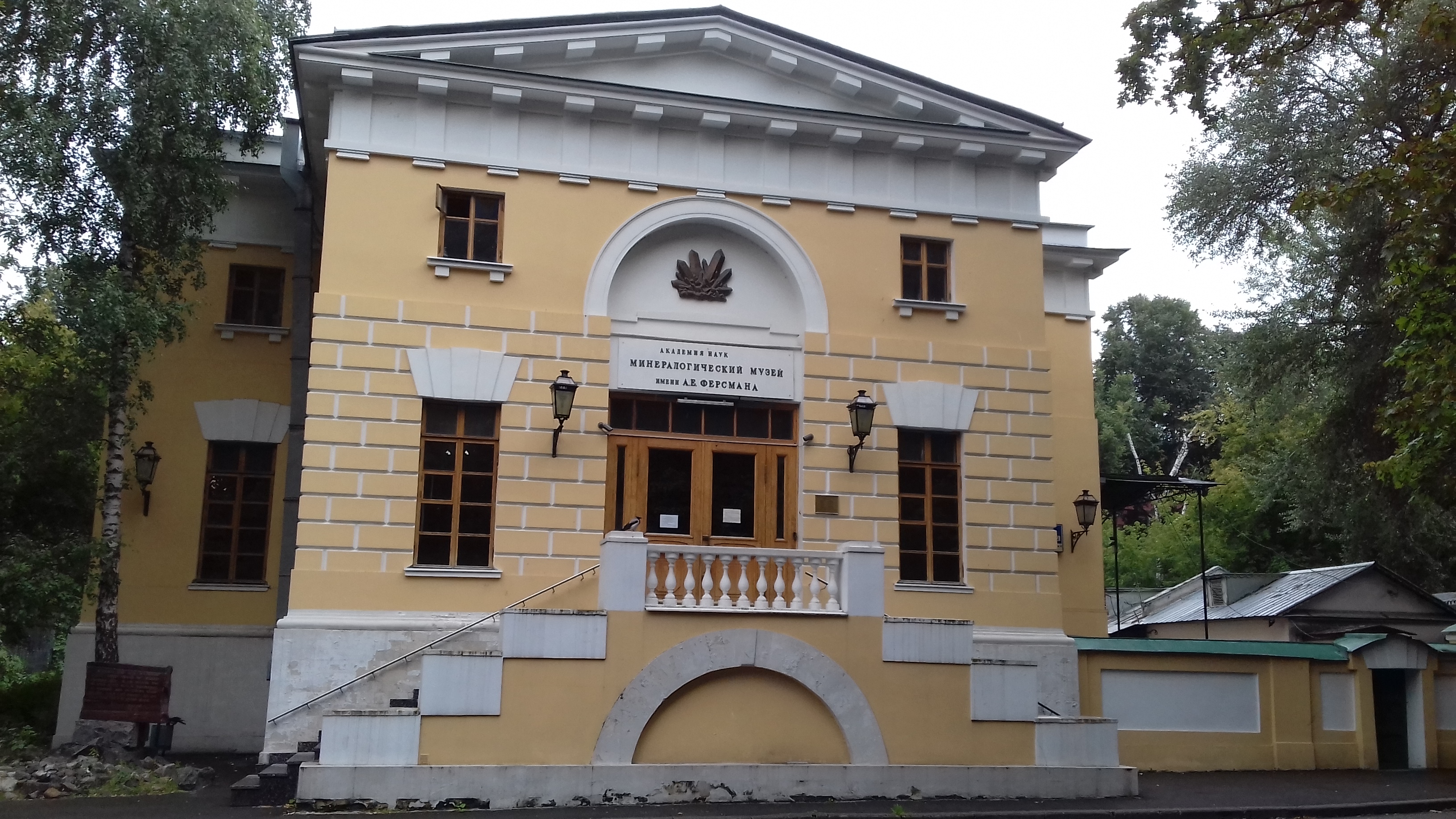
I continue to write about the less popular museums of scientific subjects. Last time we went to the museum of the Physics and Energy Institute in Obninsk. The theme of today's story will be the Fersman Mineralogical Museum.
ATTENTION! Under the cut a lot of photos!
The Mineralogical Museum was founded in 1716. To do this, by order of Peter I in Danzig, the doctor of medicine Gottwald purchased a vast collection of minerals (1195 samples) at that time, from which the Kunstkamera Mineral Cabinet began its existence. This collection was supplemented by samples from Russian deposits and, since 1719, was exhibited to the public in St. Petersburg in the building of the Kikin Chambers.
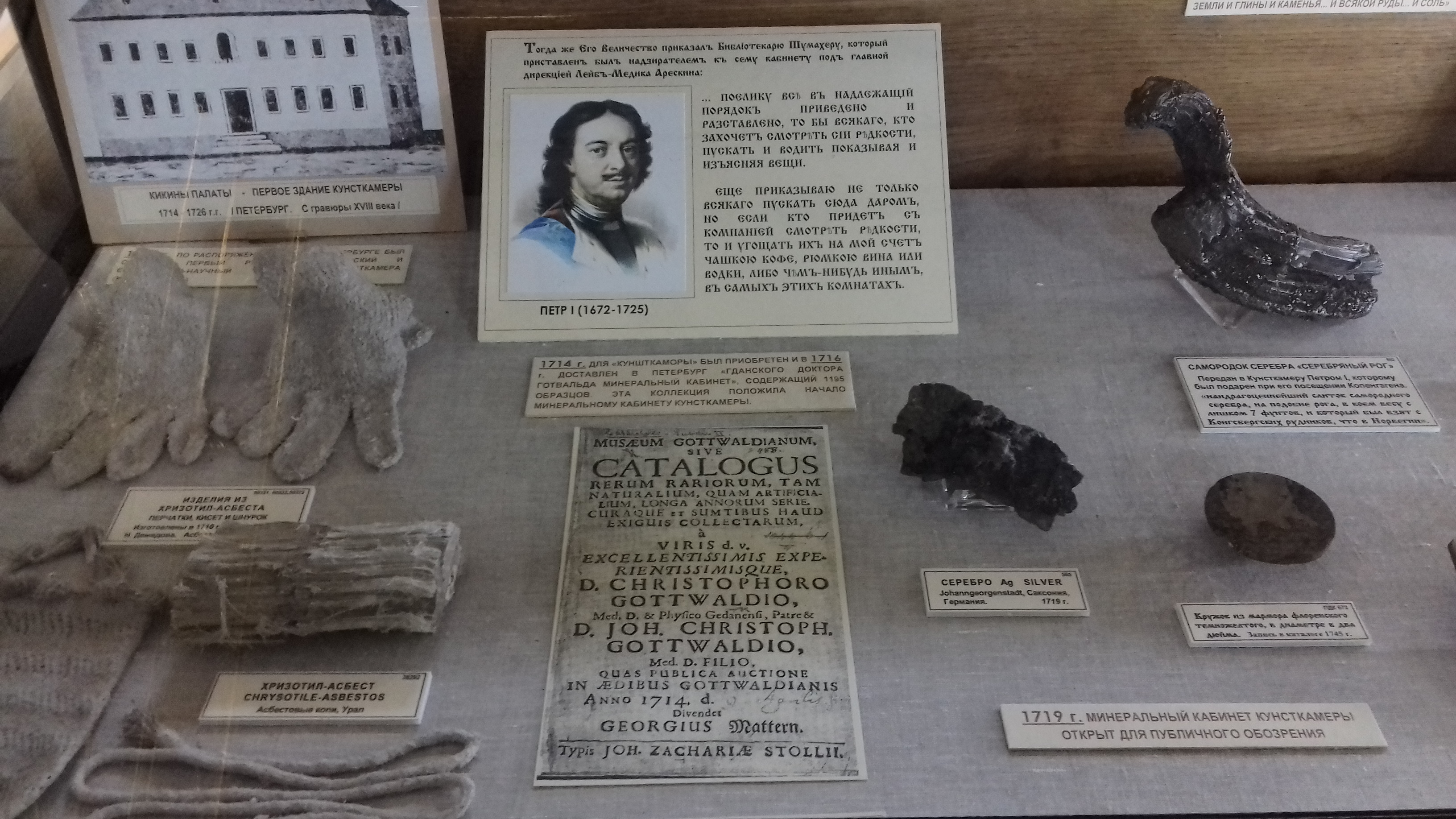
In 1919, Alexander Fersman became the director of the museum, and 15 years later the exposition moved to Moscow.
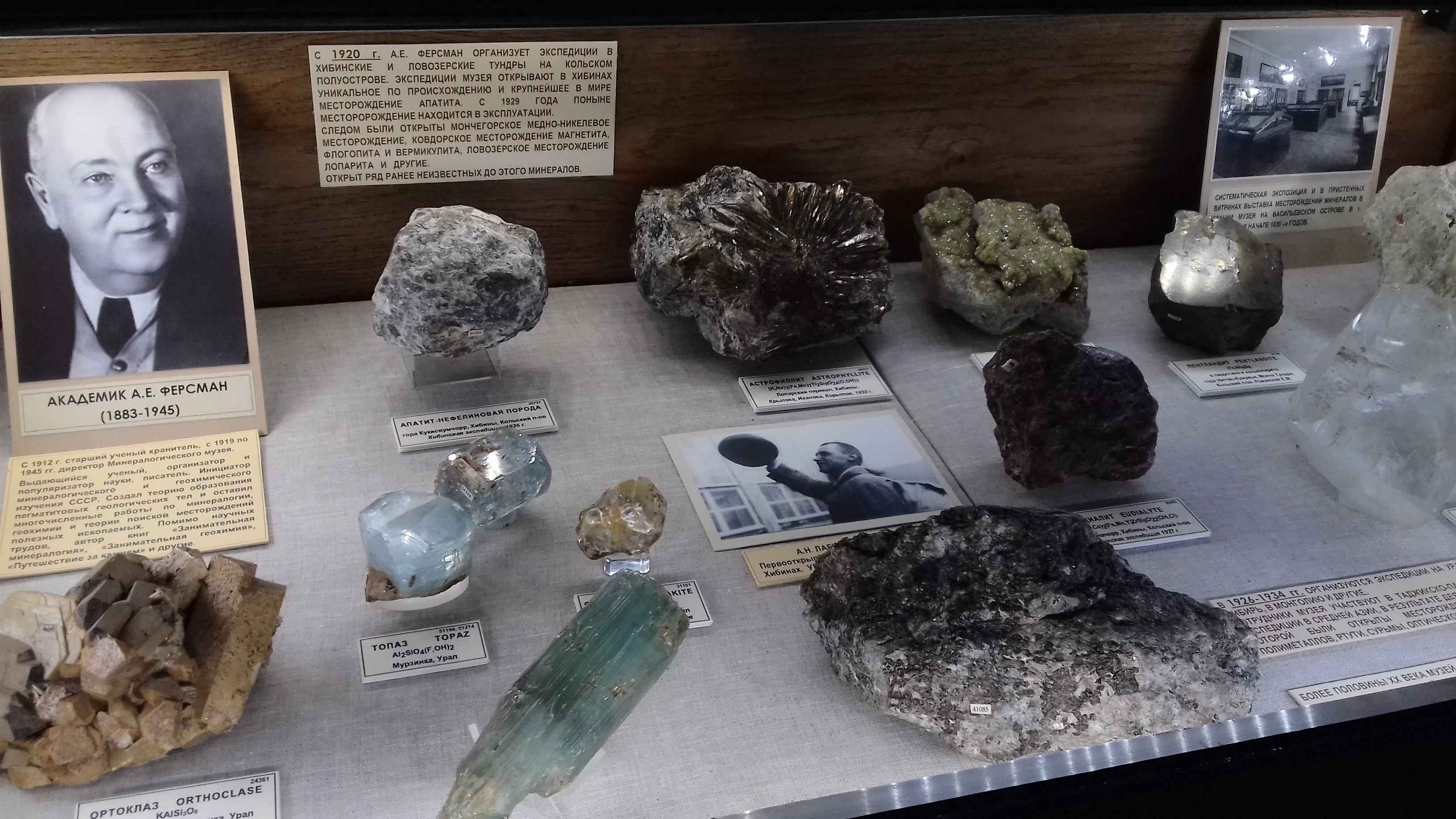
Stand "Hypothetical sections of the Earth."

A collection of meteorites that fell at different times on Earth.

Collection of products of volcanic activity. First of all, it is sulfur.

Sections (thin plates glued to glass) of deep rocks.
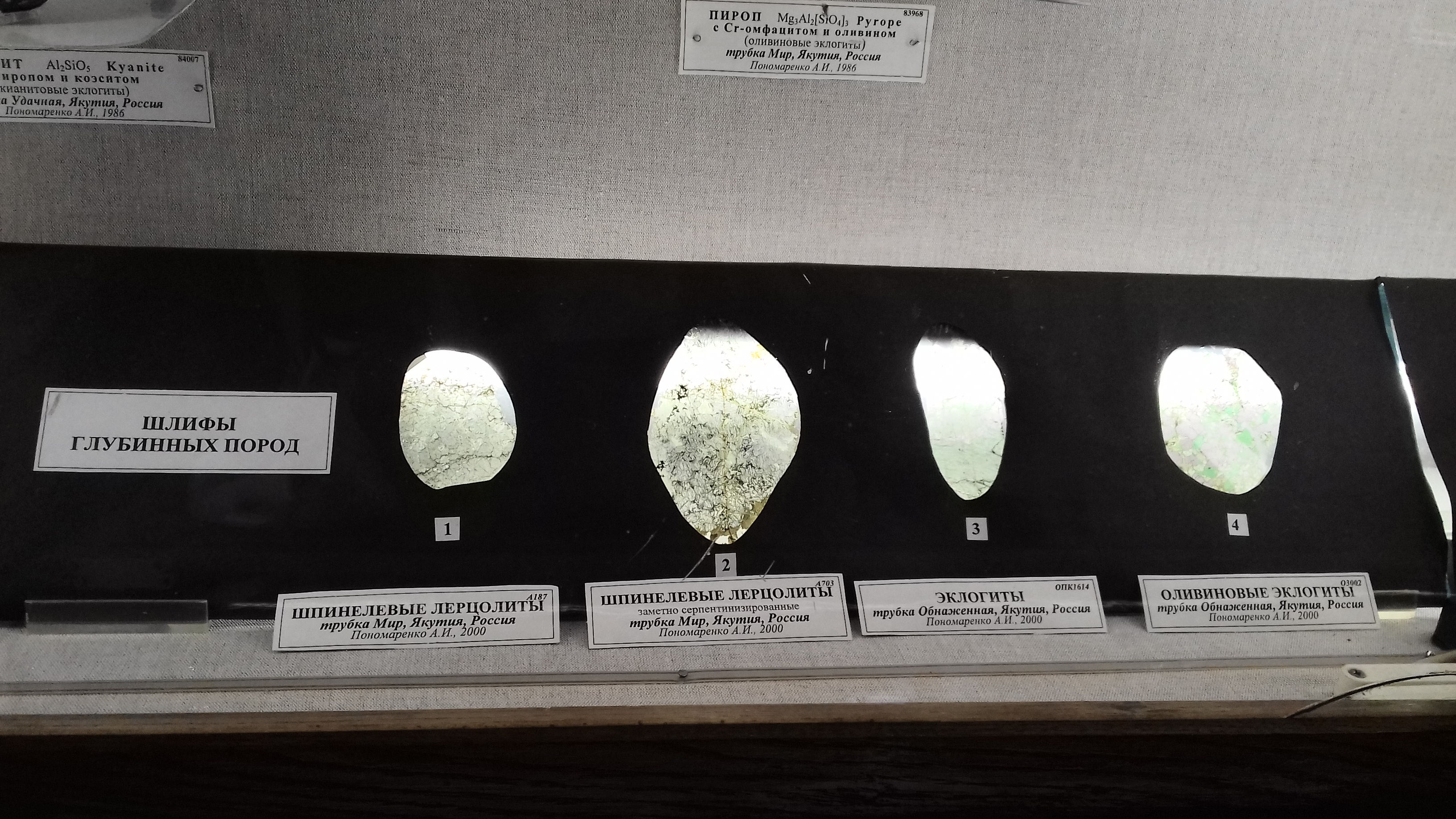
Collection of minerals of Crimea. Few people know, but this peninsula is famous for its unique geology. It is here that students of a number of universities are doing practical training.
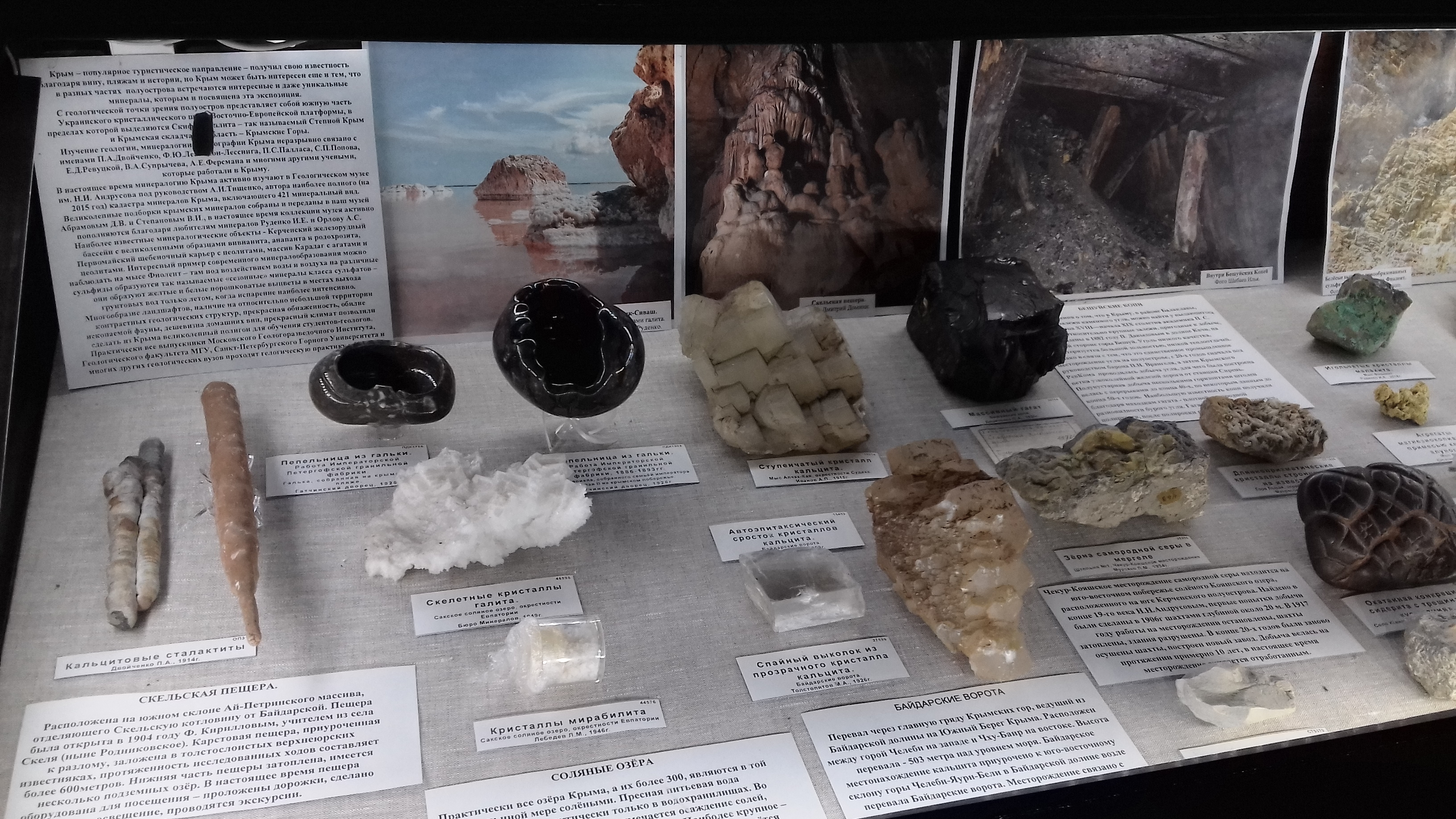
A variety of diamonds. In the center is kimberlite - an igneous rock containing this mineral.
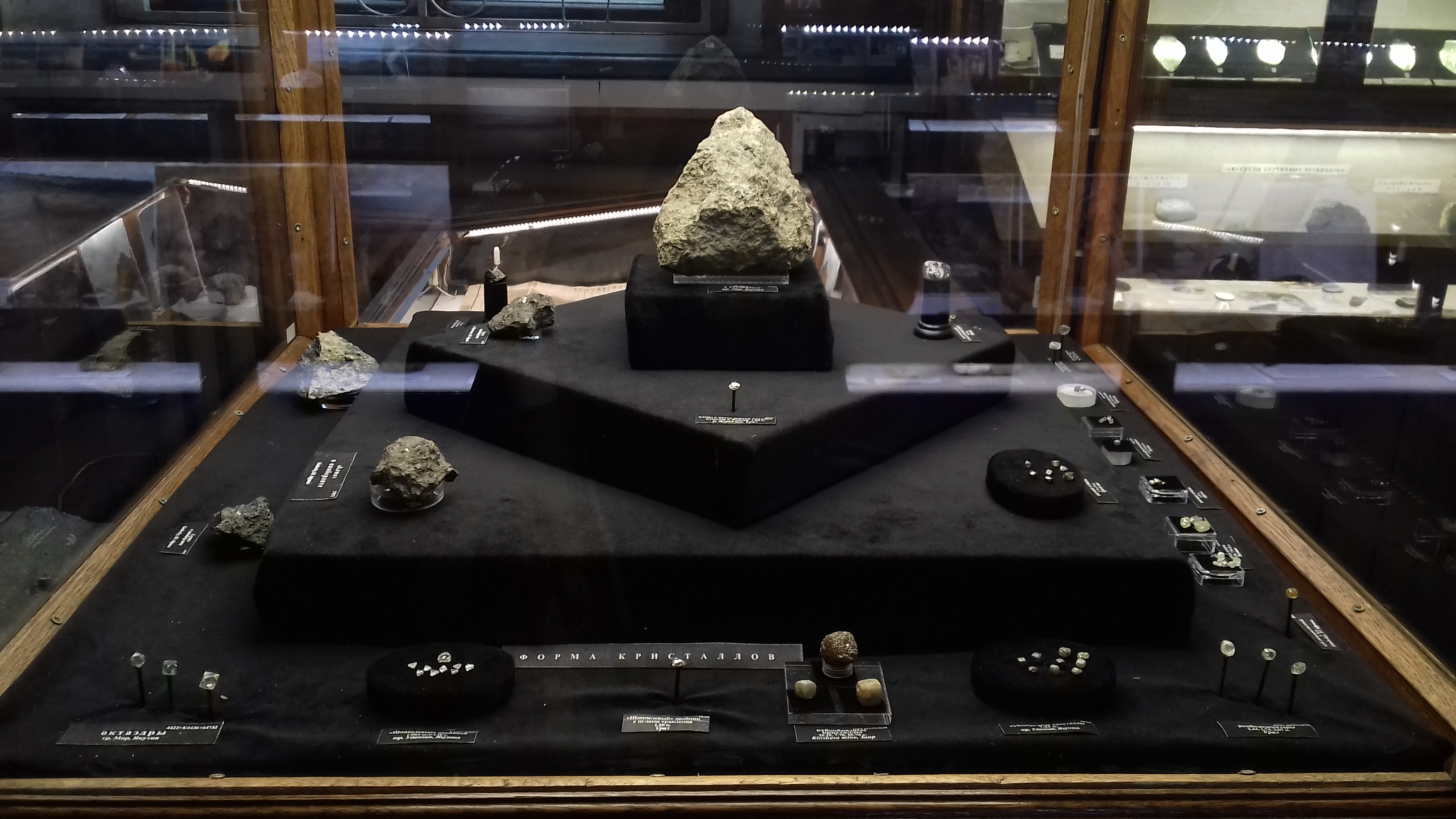
The zoning of contact-infiltration skarns of the magmatic stage. Skarn is a contact metasomatic rock occurring near intrusion. This occurs if the host rocks are very different from the intrusive rocks in chemical composition.
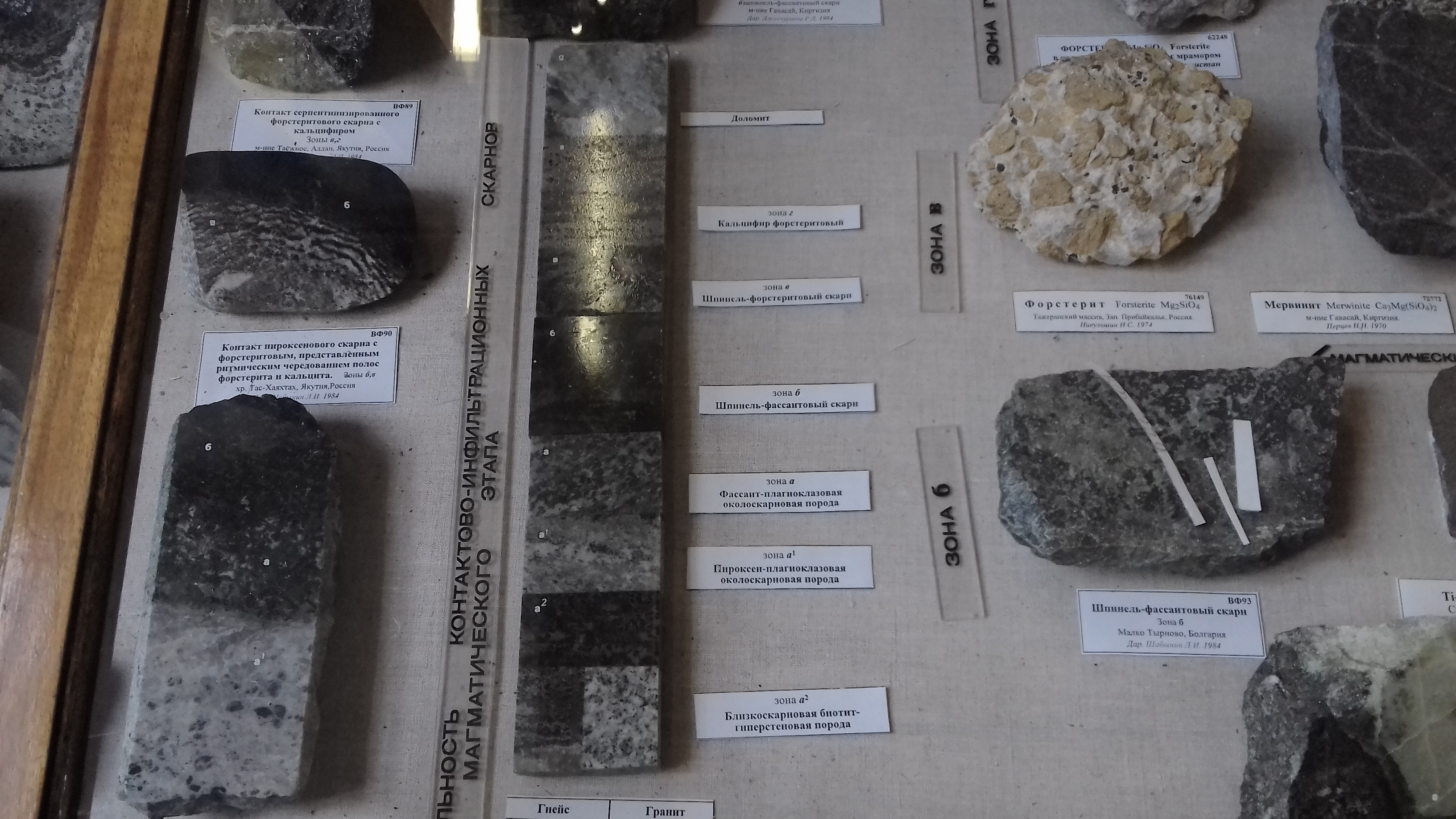
Malachite vase located in the central part of the exposition.
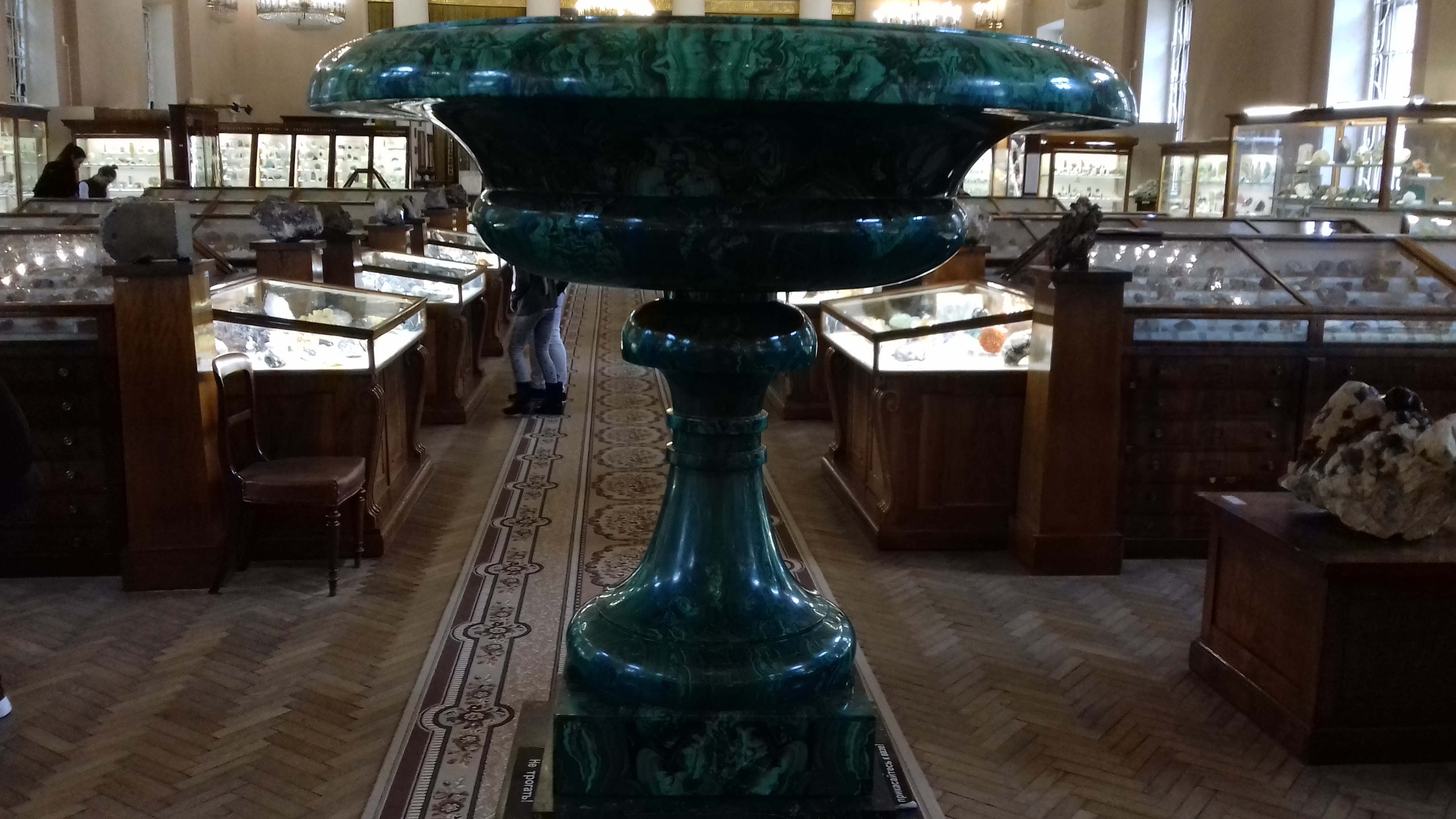
Plaster cast of the gold nugget "Hand of Fate." The original is stored in Las Vegas.
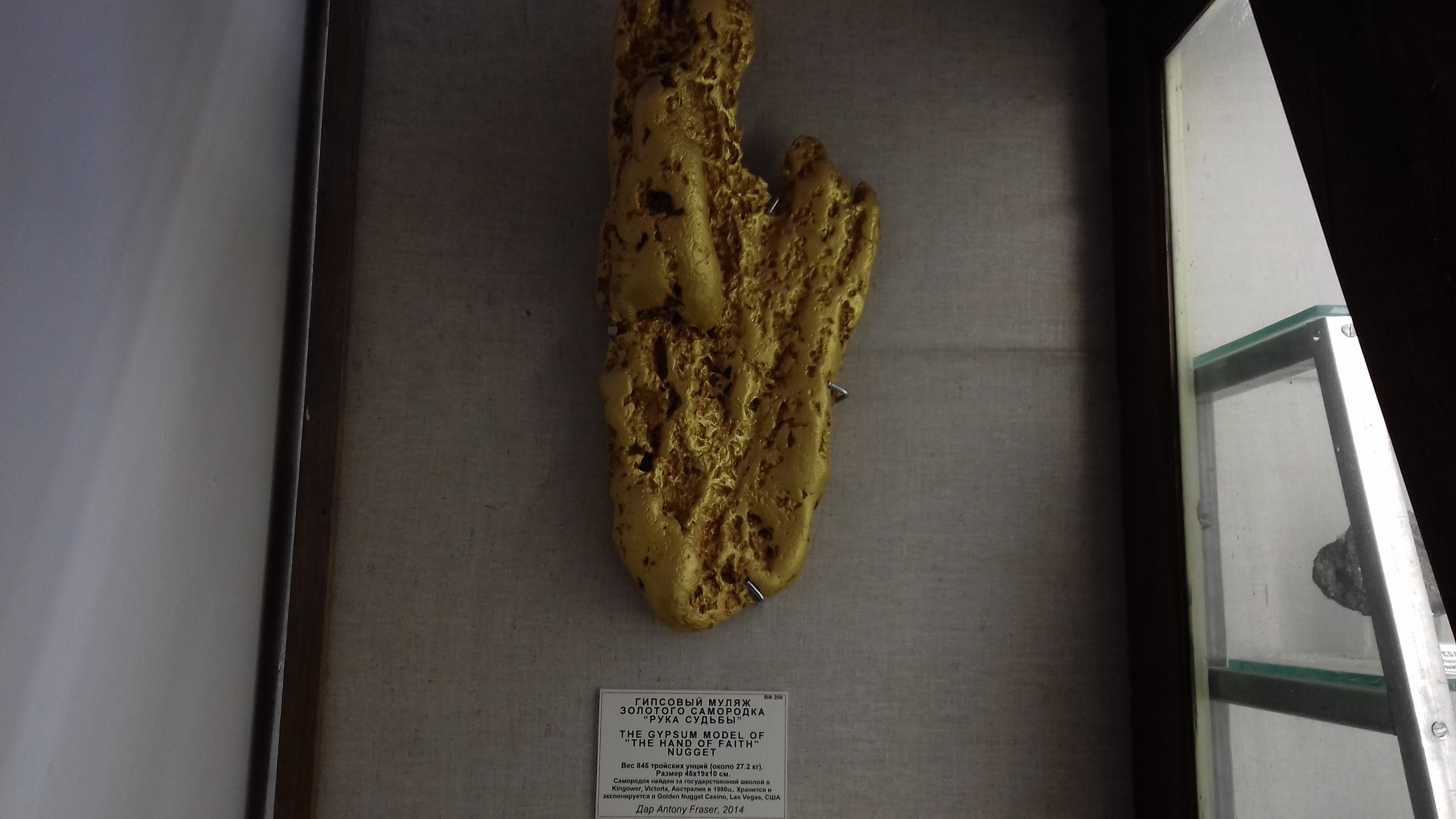
A variety of copper.
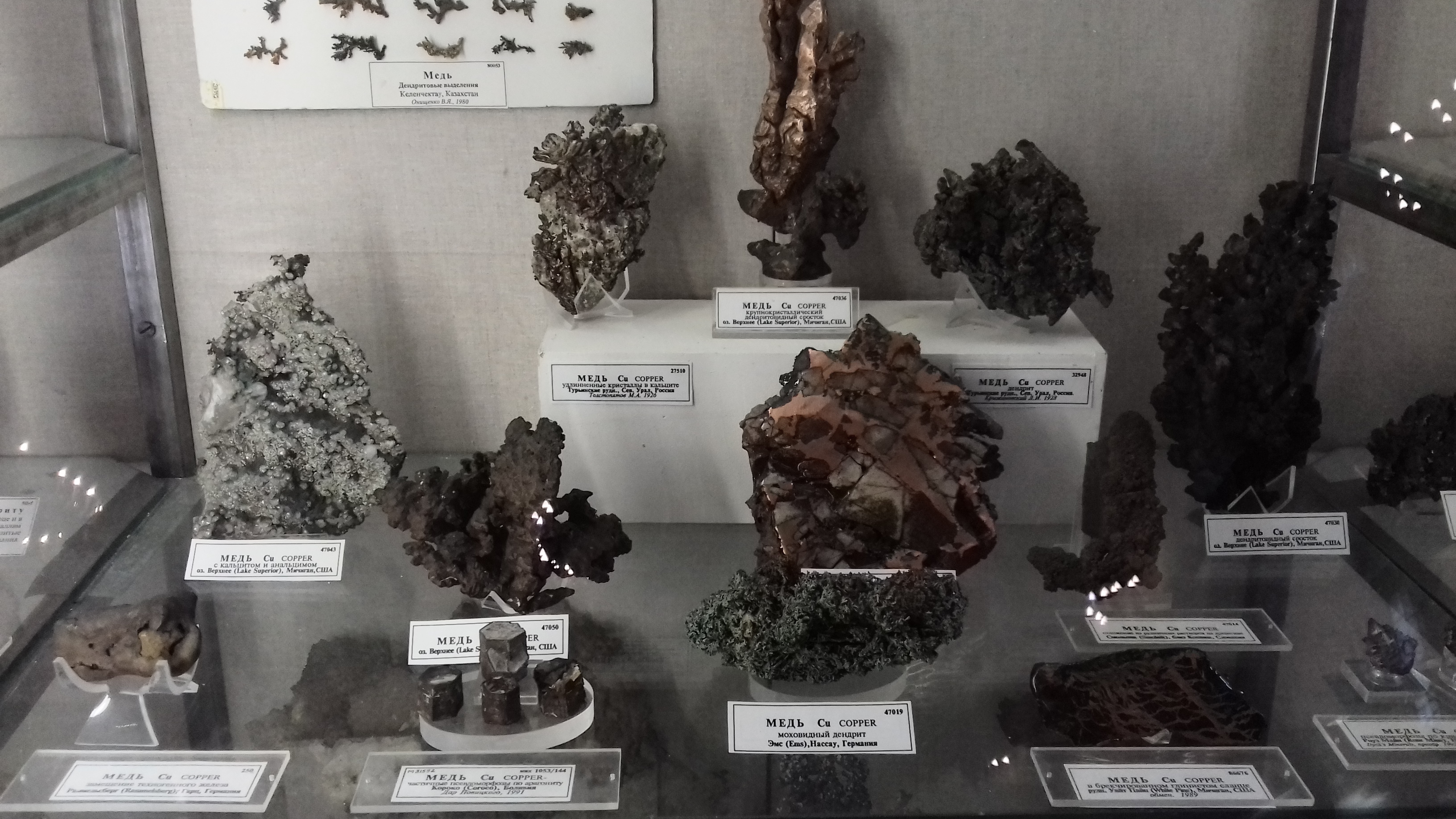
Cinnabar and antimonite.

This flint was found in the Moscow region.
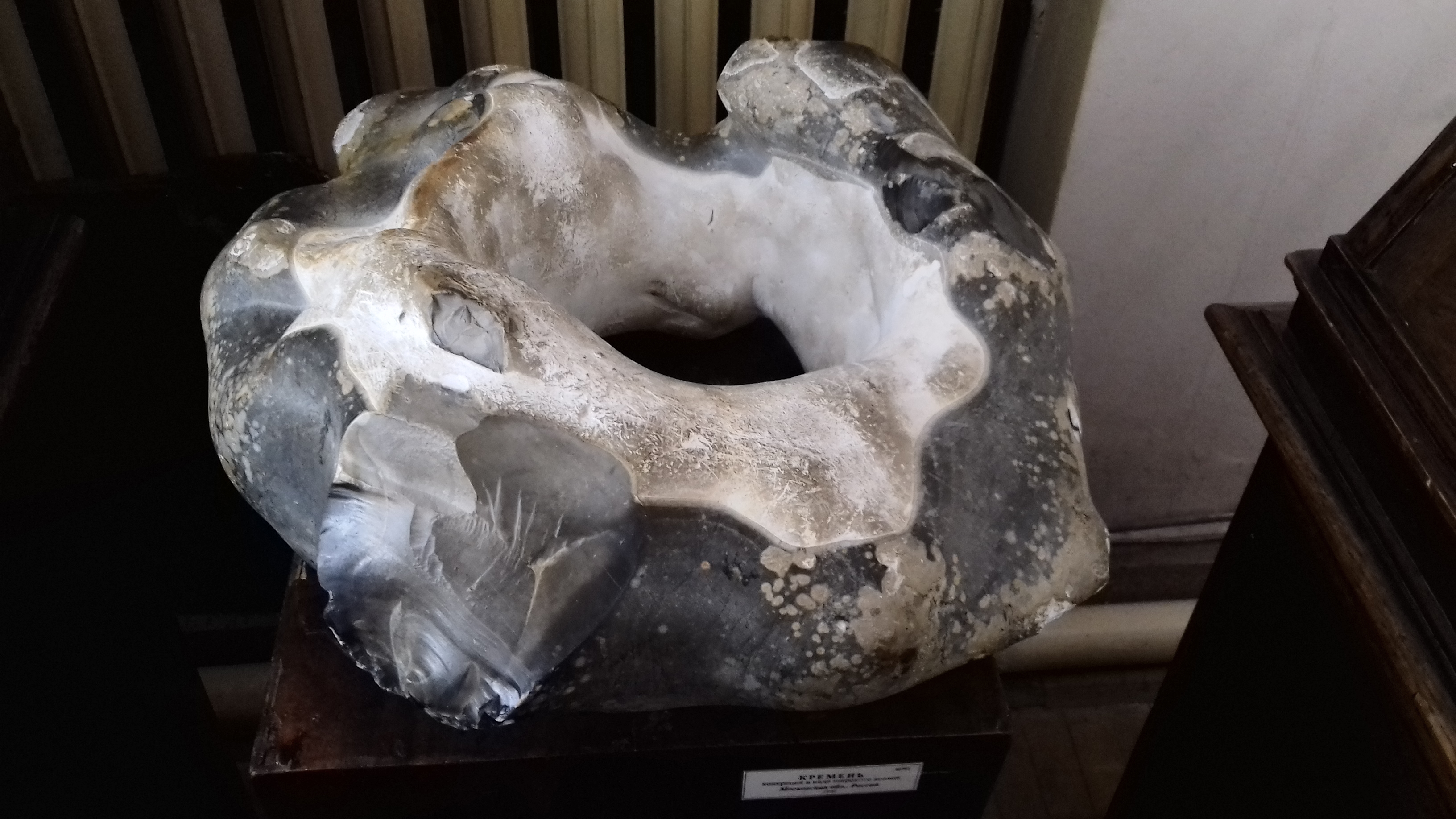
Amber Kingdom.

Crafts from rhodonite.
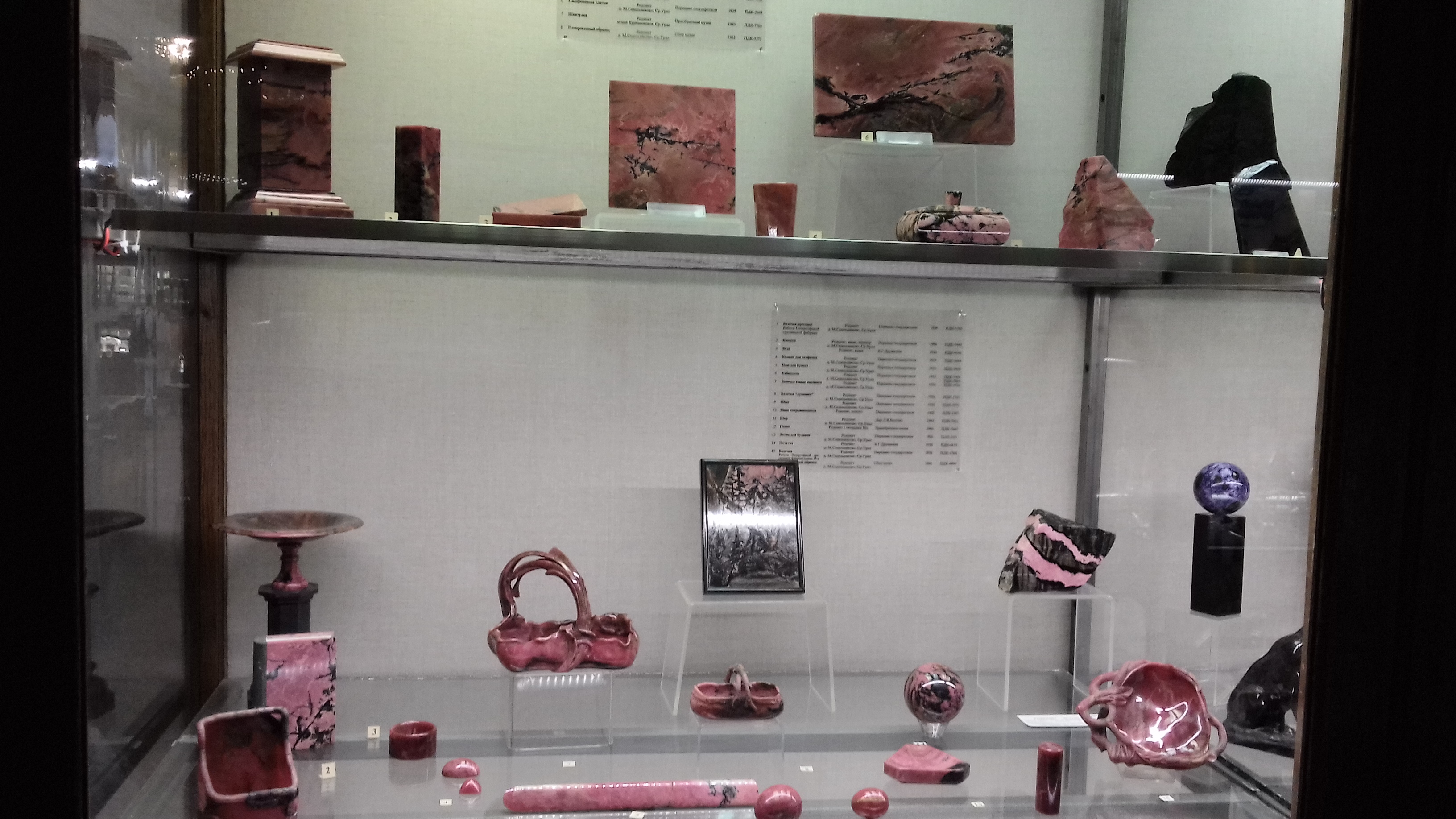
An exposition dedicated to one of the hardest minerals on Earth - corundum (varieties - ruby and sapphire). The variety of synthetic corundums and their application in science are shown here.
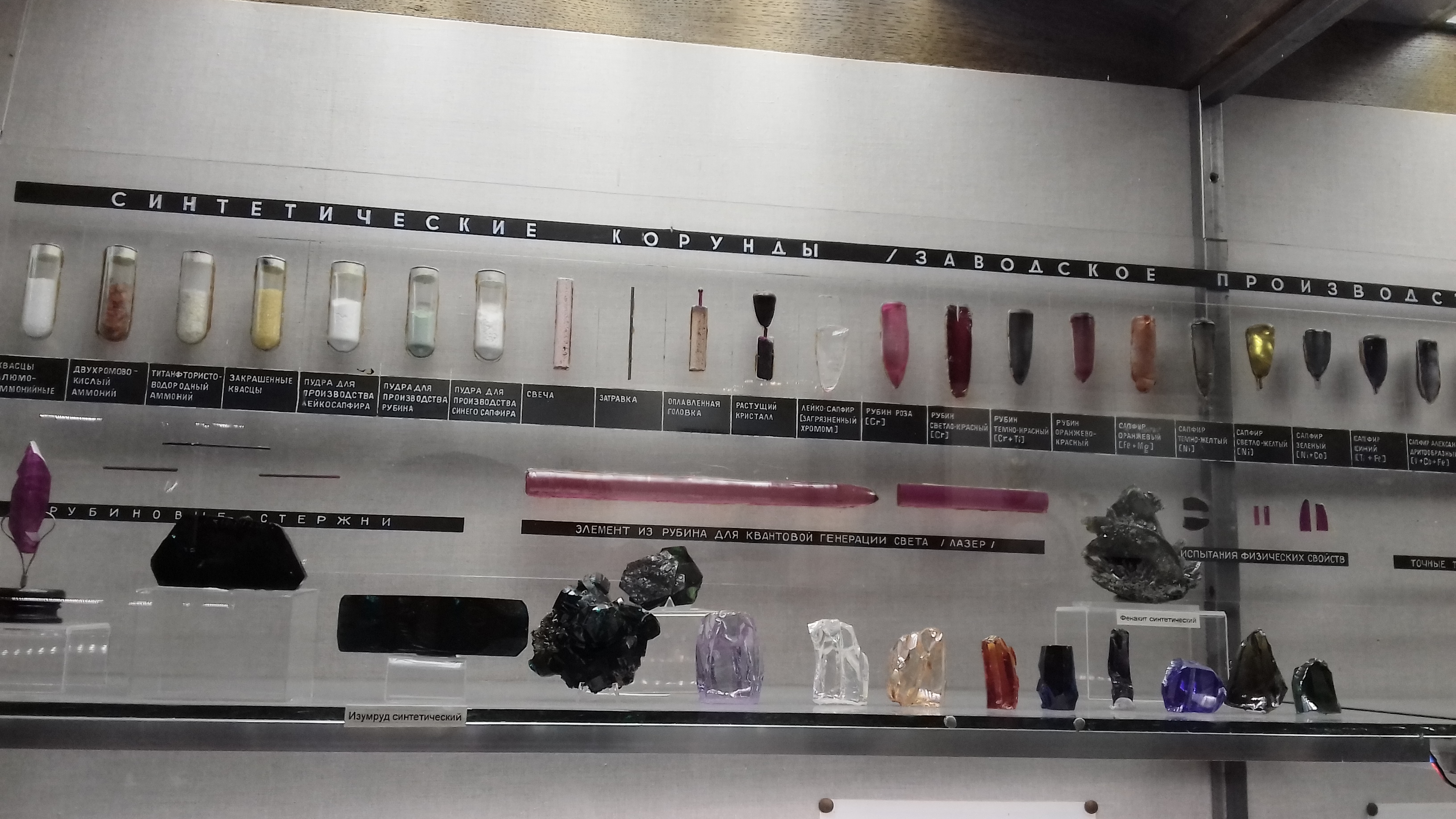
Gemstone processing technology.
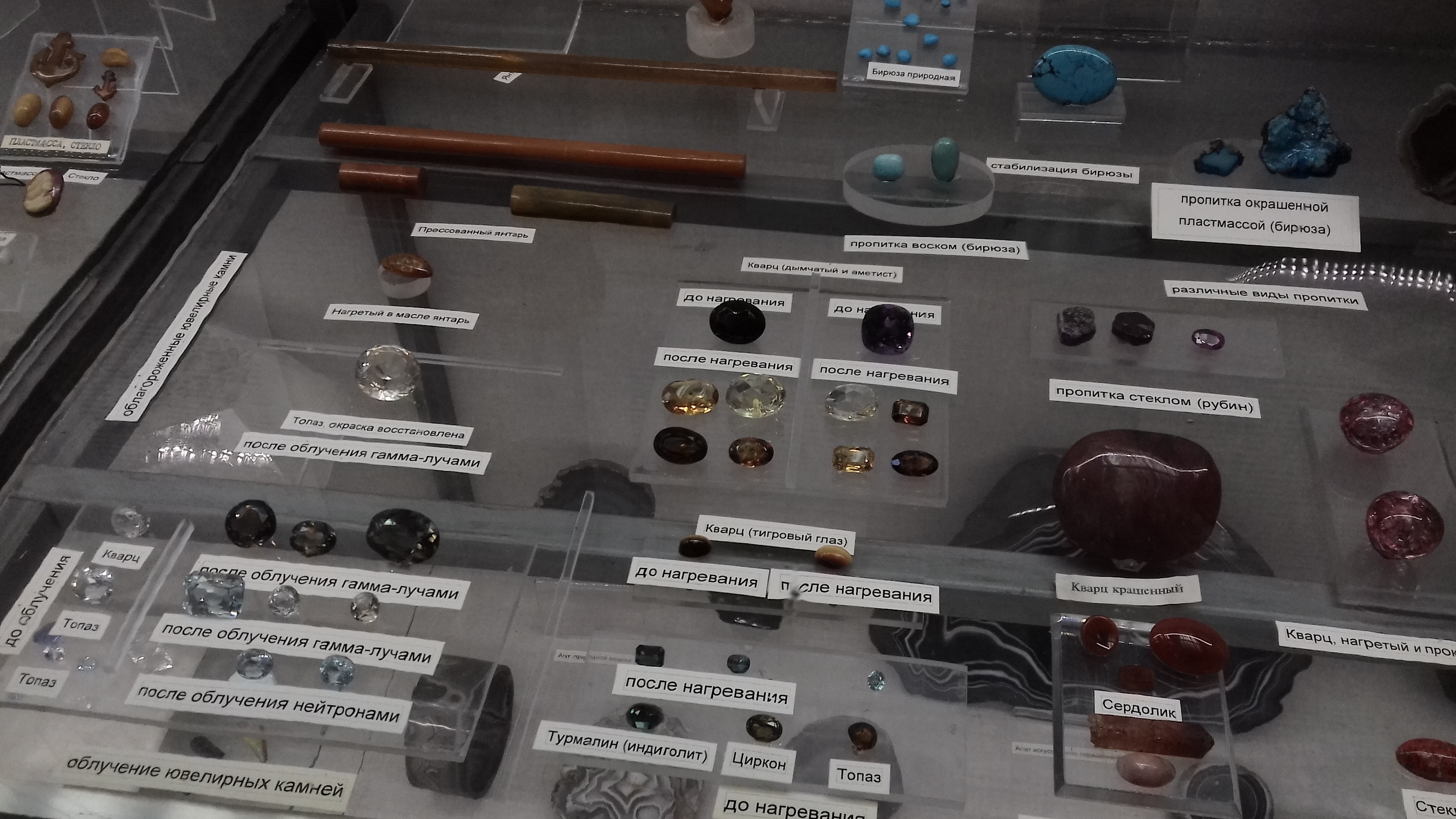
Biomorphoses - pseudomorphs (false crystals) of minerals and their aggregates according to organic residues of animals and plants.
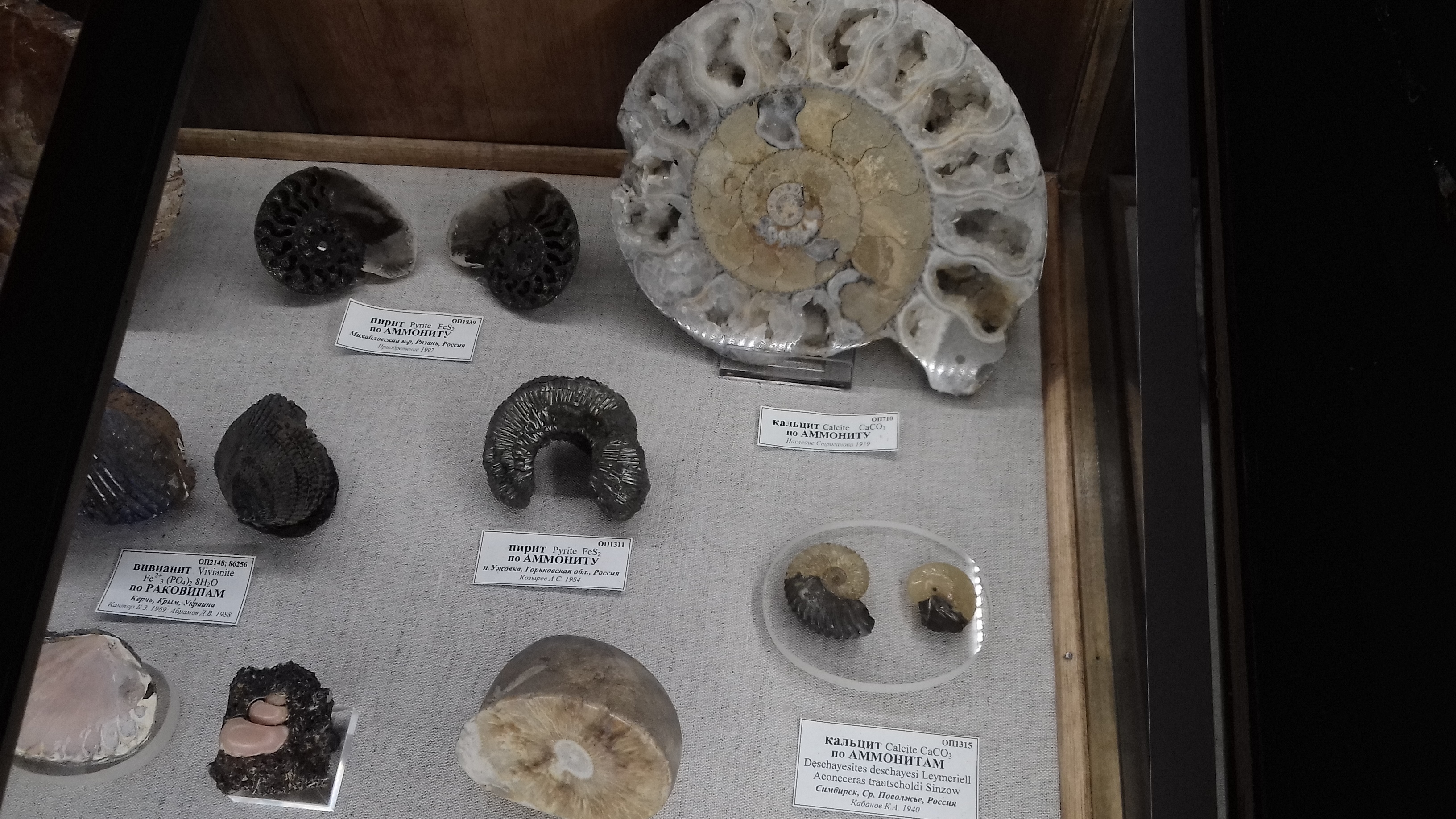
Coral collection.
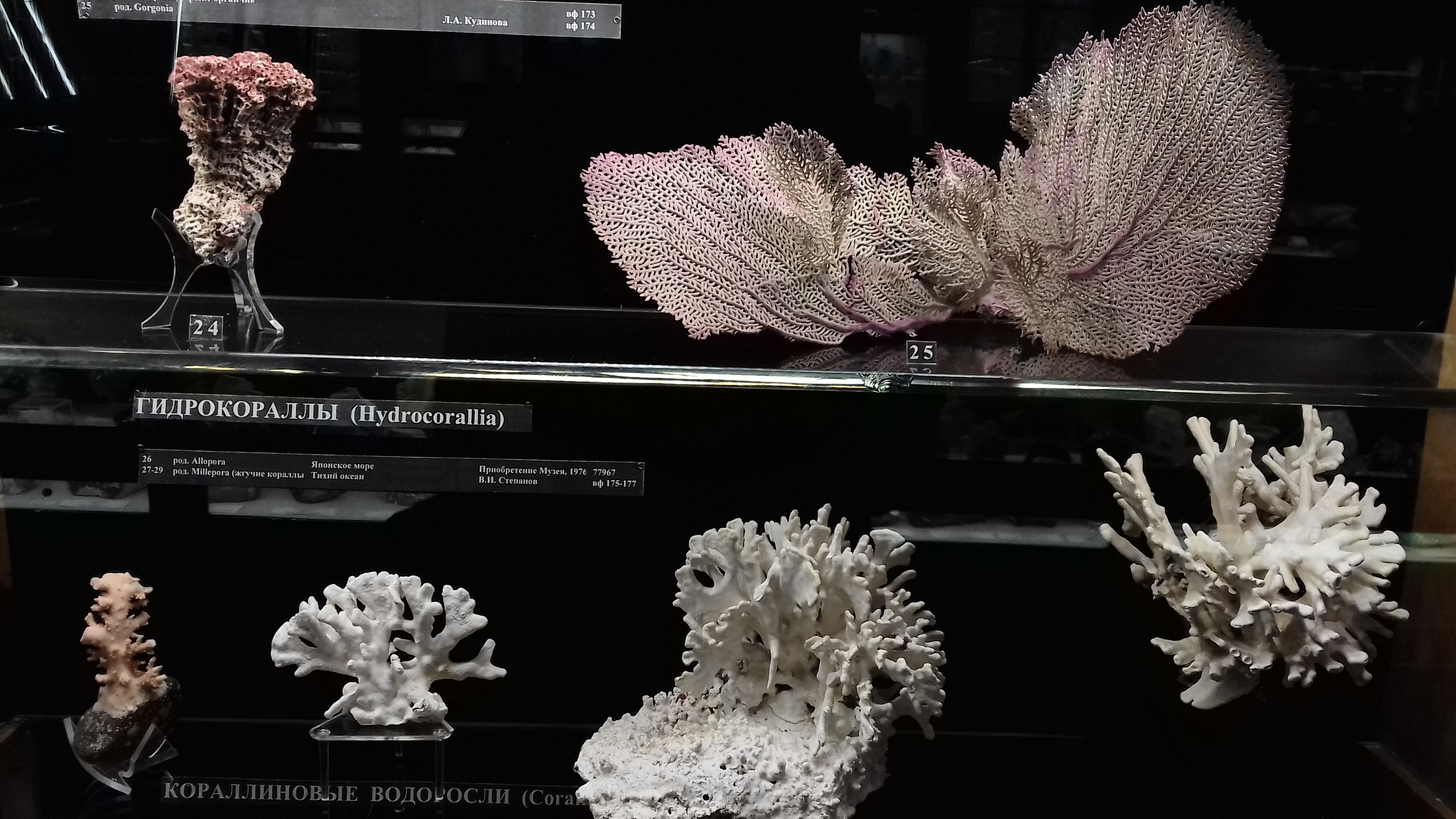
A collection of minerals containing uranium.
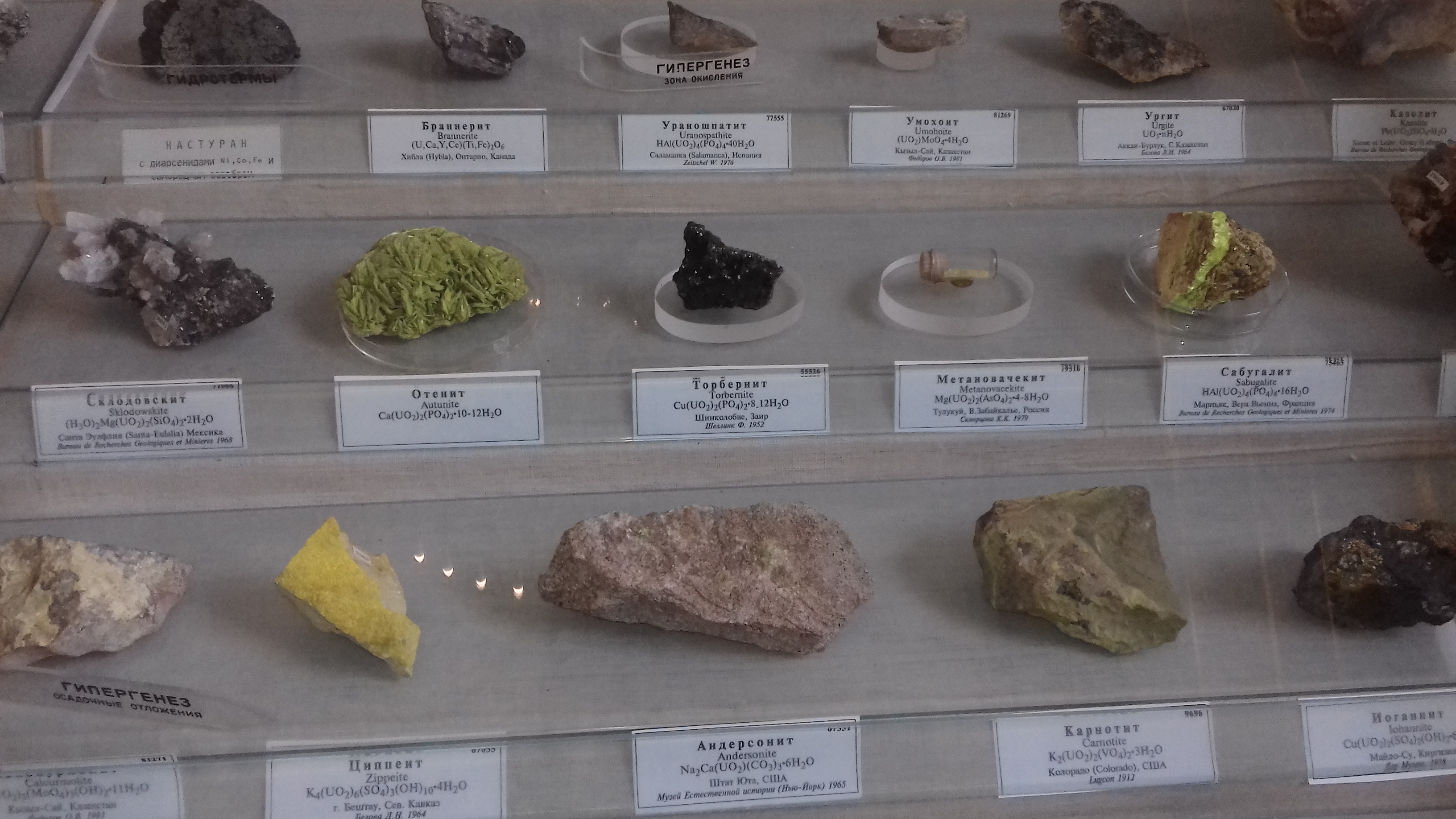
In the museum you can see minerals discovered by Russian scientists over the past decade. This year can not yet boast of great achievements in this area.

Minerals of the Moscow region.

 This work is licensed under Creative Commons Attribution 4.0 Worldwide .
This work is licensed under Creative Commons Attribution 4.0 Worldwide . All Articles